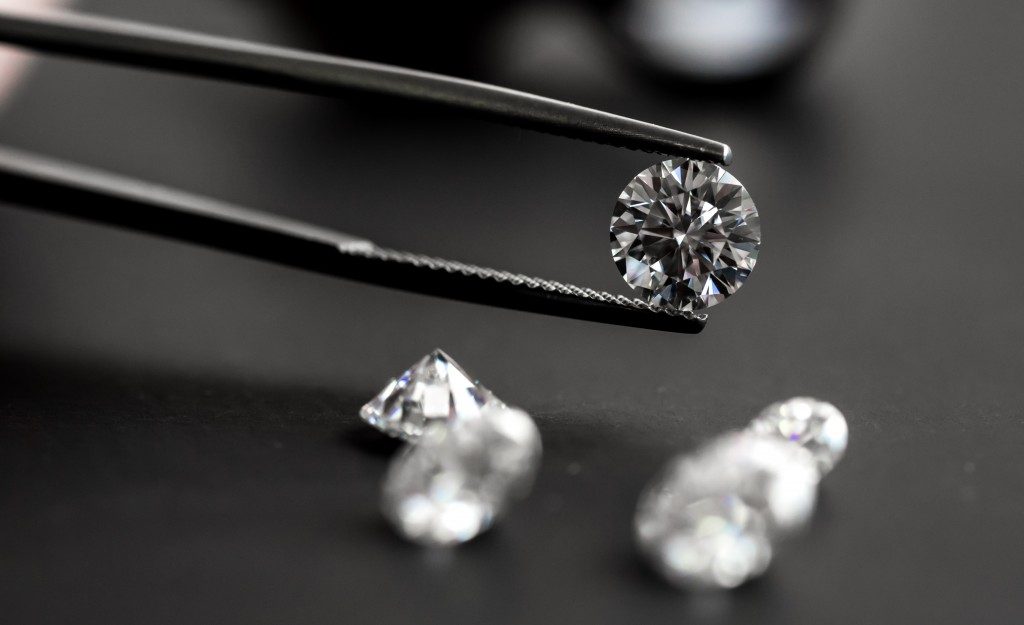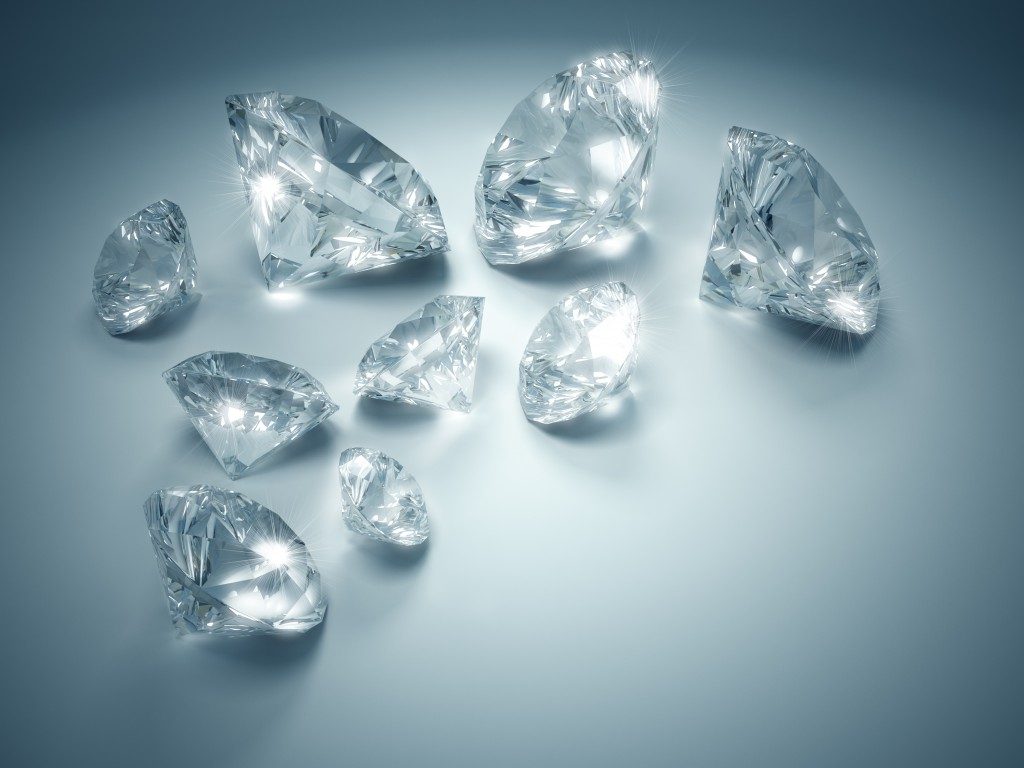Up until the middle part of the 20th century, there wasn’t a universally accepted standard that could be used for judging diamonds. That is until the Gemological Institute of America (GIA) created the 4 C’s of diamonds, a system used to describe diamonds. The 4 C’s stand for clarity, carat weight, cut, and colour and are now a globally recognised standard for evaluating diamonds. But what exactly are the 4 C’s of diamonds?
Colour
This refers to the diamond’s tint. Majority of diamonds inherently have a tinge of brown or yellow in them. Whether mined or manufactured in a lab, the more colourless the diamond, the rarer and pricier it is. The clearest and rarest diamonds are graded D, E, F, for colourless or G, H, I, J for nearly colourless ones. Note that these colour distinctions are immensely subtle that they’re not visible to the naked or untrained eye. However, they can play a huge role in a diamond’s value. You can seek the help of a jeweller from one of the most renowned Hatton Garden jewellery shops if you are looking for a piece of jewellery that has the rarest of diamonds.
Cut

This represents the shape of the diamond but particularly refers to the arrangement and proportions of a diamond’s facets. The precision of faceting in a diamond is vital to its light performance since this will determine how light will play inside a diamond and how you will see the light as it exits the diamond. A diamond with precise proportions will reflect light from facet to facet and disperse it via its upper portion, giving the diamond its sparkle. While a diamond that’s cut too shallow will allow light to escape before it can be dispersed, another that’s cut too deep won’t allow light to reflect to the topmost portion.
Carat
This is a measure of the weight of a diamond. Since huge diamonds are rare, they’re generally considered to be worth more per carat. However, carat weight itself doesn’t determine the true value of a diamond. For instance, two diamonds both weighing one-carat can differ significantly in price when you consider the other C’s: colour, clarity, and cut.
Clarity
This refers to the cleanness of a diamond, both externally and internally. In general, the cleaner the diamond—meaning no visible external imperfections or blemishes and internal flaws or inclusions are visible to the naked eye—the higher its quality. Blemishes include chips, scratches, pits, nicks, and lines, while inclusions include knots, features, clouds, as well as minerals or crystals.
So why do you need to know about the 4 C’s of diamonds? You can shop for diamonds and know which ones are worth your hard-earned money. When shopping around for a diamond, you need to figure out which C is most vital to you personally so that you can end up with a stone that fits your needs exactly. For instance, some people prefer their diamonds to be big and heavy, while others might value cut and clarity above all the other C’s. Keep the 4 C’s in mind the next time you go jewellery shopping.

